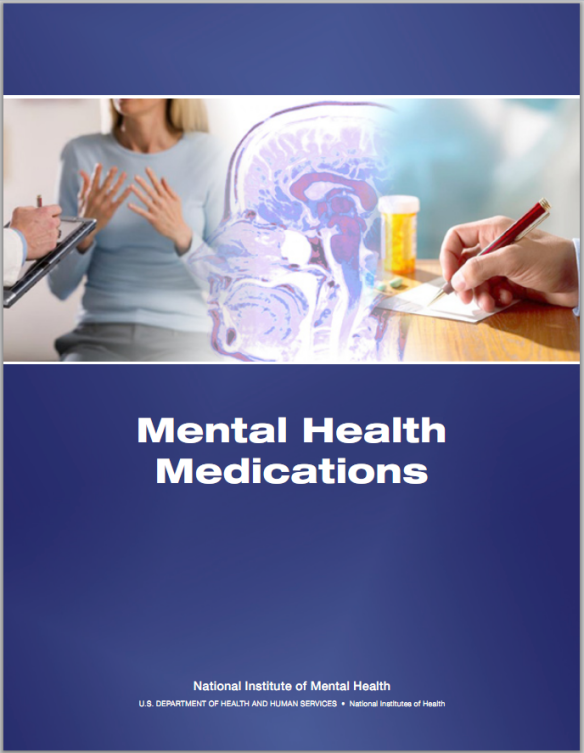By Alan Schwarz
 More than 10,000 American toddlers 2 or 3 years old are being medicated for attention deficit hyperactivity disorder (ADHD) outside established pediatric guidelines, according to data presented on Friday by an official at the Centers for Disease Control and Prevention (CDC).
More than 10,000 American toddlers 2 or 3 years old are being medicated for attention deficit hyperactivity disorder (ADHD) outside established pediatric guidelines, according to data presented on Friday by an official at the Centers for Disease Control and Prevention (CDC).
The report, which found that toddlers covered by Medicaid are particularly prone to be put on medication such as Ritalin and Adderall, is among the first efforts to gauge the diagnosis of ADHD in children below age 4. Doctors at the Georgia Mental Health Forum at the Carter Center in Atlanta, where the data was presented, as well as several outside experts strongly criticized the use of medication in so many children that young.
The American Academy of Pediatrics standard practice guidelines for ADHD do not even address the diagnosis in children 3 and younger — let alone the use of such stimulant medications, because their safety and effectiveness have barely been explored in that age group. “It’s absolutely shocking, and it shouldn’t be happening,” said Anita Zervigon-Hakes, a children’s mental health consultant to the Carter Center. “People are just feeling around in the dark. We obviously don’t have our act together for little children.”
Dr. Lawrence H. Diller, a behavioral pediatrician in Walnut Creek, CA, said in a telephone interview: “People prescribing to 2-year-olds are just winging it. It is outside the standard of care, and they should be subject to malpractice if something goes wrong with a kid.”
Friday’s report was the latest to raise concerns about ADHD diagnoses and medications for American children beyond what many experts consider medically justified. Last year, a nationwide CDC survey found that 11 percent of children ages 4 to 17 have received a diagnosis of the disorder, and that about one in five boys will get one during childhood.
A vast majority are put on medications such as methylphenidate (commonly known as Ritalin) or amphetamines like Adderall, which often calm a child’s hyperactivity and impulsivity but also carry risks for growth suppression, insomnia and hallucinations.
Related Online Continuing Education Courses:
Attention Deficit Hyperactivity Disorder (ADHD) is a 1-hour online continuing education (CE/CEU) course that gives a brief update on the various facets of ADHD.
Mental Health Medications is a 1-hour online continuing education (CE/CEU) course that describes the types of medications used to treat mental disorders, side effects of medications, directions for taking medications, potential interactions with other drugs, and warnings about medications from the FDA.
The Impact of a Life of ADHD: Understanding for Clinicians and Clients is a 3-hour online continuing education (CE/CEU) course that discusses the many ways a lifetime of ADHD can affect a person’s life.
Diagnosing ADHD in Adults is a 3-hour online continuing education (CE/CEU) course that describes the unique ways symptoms of ADHD manifest in adults, including the distinction between attention deficit and attention regulation.
—
Professional Development Resources is approved to offer continuing education by the American Psychological Association (APA); the National Board of Certified Counselors (NBCC); the Association of Social Work Boards (ASWB); the American Occupational Therapy Association (AOTA); the American Speech-Language-Hearing Association (ASHA); the Commission on Dietetic Registration (CDR); the California Board of Behavioral Sciences; the Florida Boards of Social Work, Mental Health Counseling and Marriage and Family Therapy, Psychology & School Psychology, Dietetics & Nutrition, Speech-Language Pathology and Audiology, and Occupational Therapy Practice; the Ohio Counselor, Social Worker & MFT Board; the South Carolina Board of Professional Counselors & MFTs; and by the Texas Board of Examiners of Marriage & Family Therapists and State Board of Social Worker Examiners.





